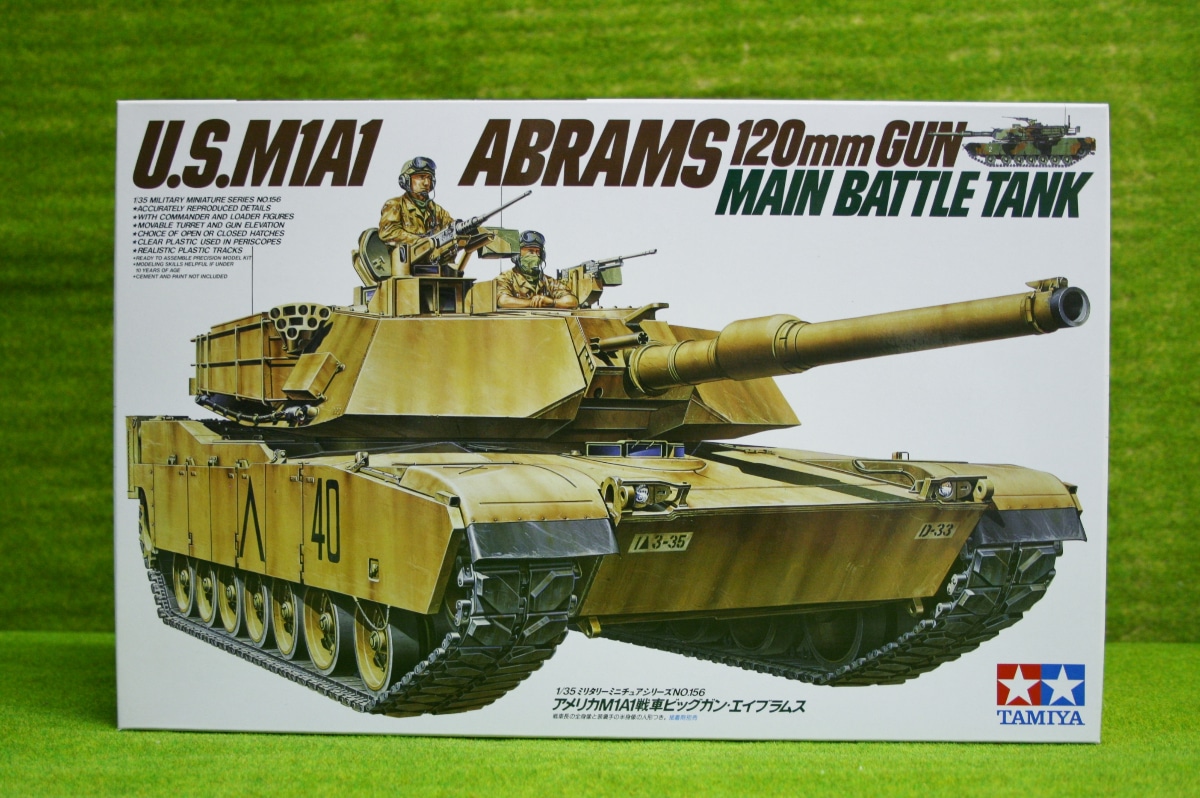


General Dynamics has been awarded contracts by the U.S. M1A1 AIM (Abrams Integrated Management): A program whereby older units are reconditioned to zero hour conditions and the tank is improved by adding Forward-Looking Infra-Red (FLIR) and Far Target Locate sensors, a tank-infantry phone, communications gear, including FBCB2 and Blue Force Tracking, to aid in crew situational awareness, and a thermal sight for the. Army, 221 for USMC, 755 for Egypt, 59 M1A1 AIM SA sold to Australia). M1A1: Production started in 1985 and continued to 1992, pressurized NBC system, rear bustle rack for improved stowage of supplies and crew belongings, redesigned blow-off panels and M256 120 mm smoothbore cannon (4,976 built for the U.S. The first 110 tanks were Low Rate Initial Production (LRIP) models, still called XM1s, because they were built prior to the tank being type-classified as the M1. Production began (at Chrysler) in 1979 and continued to 1985 (at General Dynamics) (3,273 built for the US). Currently the M1 Abrams main battle tank is no longer in service with the US military and a number of these tanks were upgraded to the M1A1 and M1A2 standard. Total production of the M1 was 2,374 tanks, with last vehicles being delivered in February 1985 when production switched to the Improved M1 which was completed in May 1986. Both final bids included the AGT 1500 turbine engine, in the initial offer General Motors only bid with the diesel engine. In November 1976, the Secretary of the Army announced that the Chrysler Corporation prototype had been selected to enter Full-Scale Engineering Development (FSED). army accepted the first prototype vehicles from both US contractors and operational and engineering testing was conducted through to April 1976. In June 1973, contracts for the prototype development validation phase of the new tank, called the XM1, were awarded to the two prime contractors. The program to design the new M1 was started in 1971 to answer a request of U.S.


 0 kommentar(er)
0 kommentar(er)
